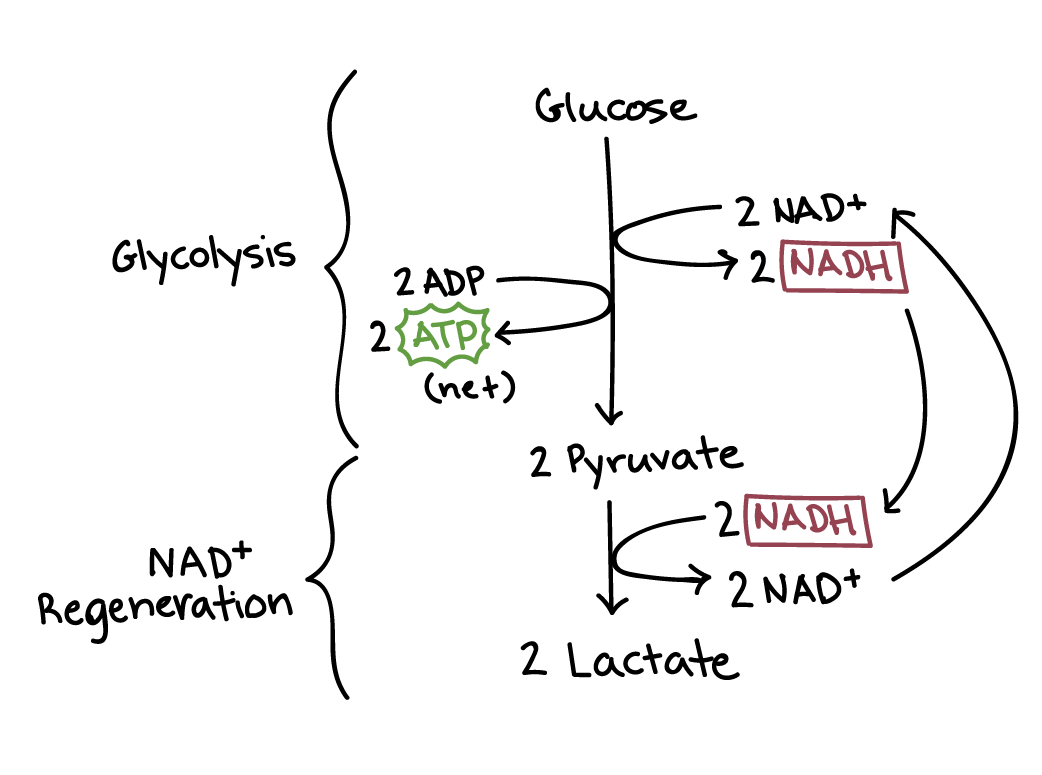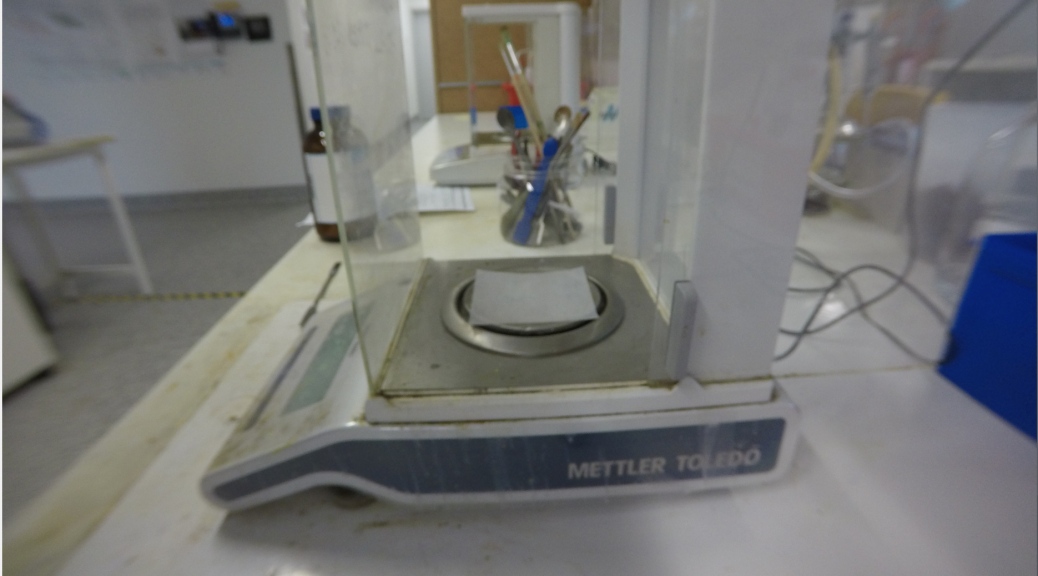
Fermentation is an ancient practice originating before we knew that gut micro-floral health was even a thing. Humans have used fermentation to produce drinks and beverages since the Neolithc age in preserving foods and producing alcoholic beverages. You may also have felt its affects of fermentation after exertion when oxygen-starved muscle cells collect lactic acid from lactic acid fermentation.
Zymology (the science of fermentation)
As a metabolic process fermentation began billions of years ago, before our planet had such an oxygen-rich atmosphere. It is the primary way that micro-organisms extract energy from organic nutrients in the absence of oxygen; by consuming sugars and transferring them to organic acids, gases, or alcohol.
 Given that the human body contains more microorganism cells than human cells, most of which reside in our gut, which is a low oxygen environment, fermentation occurs in our stomachs.
Given that the human body contains more microorganism cells than human cells, most of which reside in our gut, which is a low oxygen environment, fermentation occurs in our stomachs.
Fermentation gives rise to carbon dioxide; this is captured by ethanol manufacturers and used to prepare dry-ice for use in other industrial applications.
Metal Organic Frameworks (MOFs) have been found in the thawing permafrost of Siberia. The Siberian minerals in question, stepanovite and zhemchuzhnikovite, were discovered initially between the 1940s and 1960s but the technology wasn’t available to examine their nano-structure.

Lead researcher Tomislav Friščić from McGill University in Canada commented that the find, “completely changes the normal view of these highly popular materials as solely artificial, ‘designer’ solids, adding, “This raises the possibility that there might be other, more abundant, MOF minerals out there.”
Learning this news left me thinking about the various conditions enable the formation of MOFs outside of the laboratory. As we discover more MOF “out there”, which we inevitably will, we will learn more about MOF formation. Will this lead to innovations in MOF production based on biomimetic processes?
Read more about the discovery in the press release from McGill University.

…and some MOFs are easy to synthesise.
So easy to synthesise that I was making Eu-BDC on my first week here.
Eu-BDC is an acronym for the European Biodiversity data centre and also for a MOF called Europium BDC.
Europium, named after the continent, is categorised as a lanthanide, or rare earth metal. he most common use of europium compounds is in making red phosphors, a material that shines when struck by electrons. The red color on a television screen, for example, may be produced by phosphors containing europium oxide. Europium oxide is a compound made of europium metal and oxygen.
Context is what I hope my artistic research and non-scientific experiments will bring to the understanding of MOFs.
Context: The weaving together (latin: contentextus) of concepts about the MOFs being used in biomedical realm, outside of what is currently being explored in scientific discourse. The word context is also a term in mycology (the study of fungi) referring to the fleshy part of a mushroom.
I hope my contribution will stimulate conversations about the prospect of human consumption of MOFs; the potential, the limits, and the ethical dimensions.

A small portion of my timelapse documentation of mustard seeds germinating in a solution of the precursors of EU-BDC MOF
Recipient of the 2017 Synapse Residency Program
 Given that the human body contains more microorganism cells than human cells, most of which reside in our gut, which is a low oxygen environment, fermentation occurs in our stomachs.
Given that the human body contains more microorganism cells than human cells, most of which reside in our gut, which is a low oxygen environment, fermentation occurs in our stomachs.



